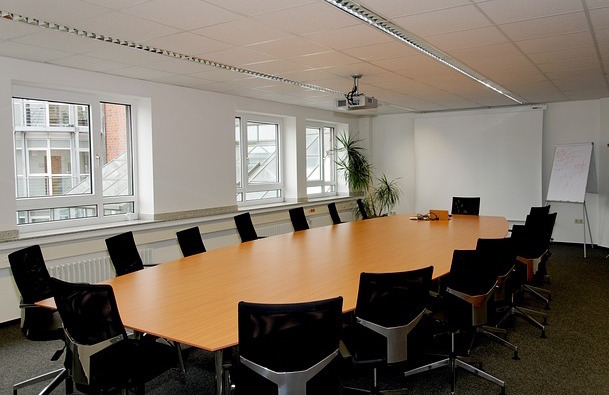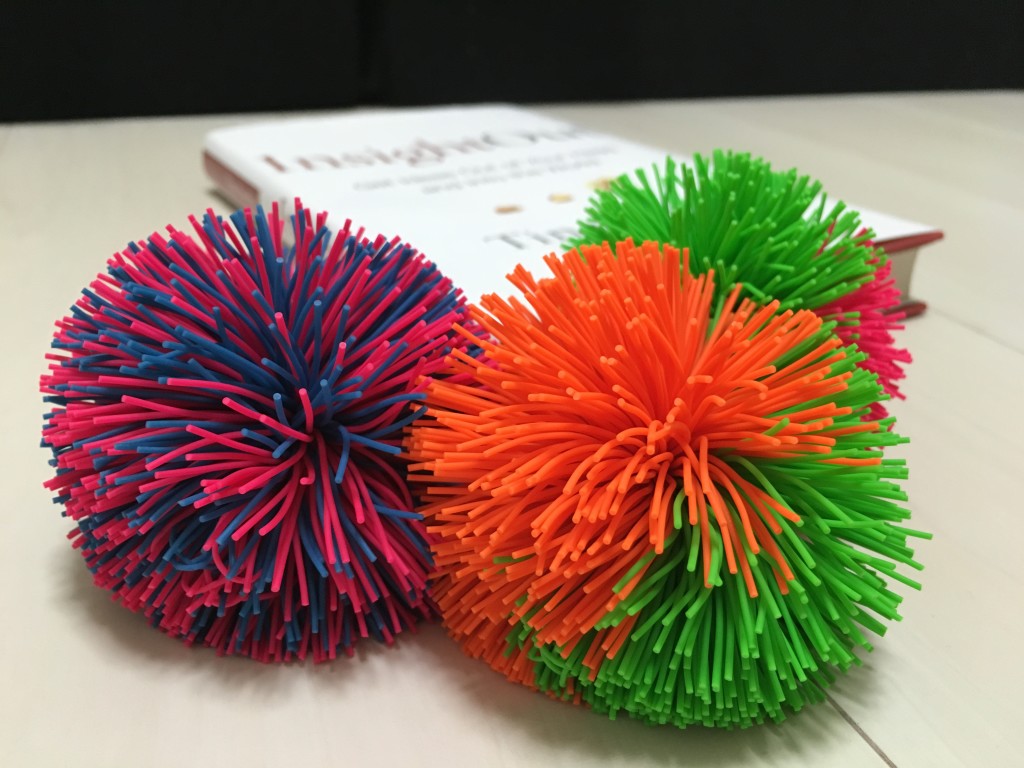この記事は次の言語でも読めます:日本語

After interviewing Ms. Nicole Kelley and Ms. Teresa McDade (Read part 1 and part 2 for details), I had a roundtable discussion with employees who are interested in disability related topics at the company!
Five people come to in the meeting room and three more joined the discussion through a conference call.
We exchanged experiences and ideas about
1. What’s your experience and challenges?
2. What are your daily tips for overcoming obstacles?
3. What education or transition resources that helped you?
4. What is still changing or needs to change?
I will share a short summary with pseudonyms.
1. What’s your experience and challenges?
- Ryan has cerebral palsy and now uses electric wheelchair in daily life. His parents are not over-protective and let Ryan challenge himself in many things. He received general education in regular public and private schools, but many school facilities were not really accessible in 1980s. In two school buildings without elevators, he needed to climb up and down stairs on hands and knees, and pull his manual wheelchair with him.
- Jenny’s husband has Dyslexia and ADHD. At workplace, when he reads a technical manual, he needs to read it four to five times to get reading comprehension and make sure that he is reading it correctly and understanding it. That can slow down work performance. His peers are not aware of that he has Dyslexia, so they might think he is just a slow worker. Also Jenny has a son with ADHD.
2. What are your daily tips for overcoming obstacles?
- One of Anne’ colleague is deaf. When Anne has a meeting with the colleague and other members, a caption support staff comes in with a typing machine and write up all conversation during the meeting. That would help the deaf colleague, and eventually other members also appreciate it because they can check back the record to see who was talking about what topic. It is beneficial not only for a person with disabilities but it also became great benefit for all members of the group.
- Matt used to work with a deaf colleague who can read lips very well, but it was difficult for the deaf colleague when more than two people to catch up who is talking. Some people speak at same time in discussion. Some people speak by looking at a person sitting on the opposite side, so the deaf colleague cannot see lips from the front. Then Matt and his meeting members started using a fluffy ball (See the picture below). When someone want to talk, grab the ball and start talking. In this way, only one person can talk at one time that make the deaf colleague can read each one’s lips. Small change makes a huge change.

3. What education or transition resources that helped you?
- Matt has a son with developmental disability who received IEP (Individualized Education Program) when his son was in preschool. Matt said earlier a disability can be identified and IEP is provided, earlier people can find better programs and supports to help kids with special needs. That can positively influence kids’ future education and career.
- Jenny mentioned that there are many programs for supporting kids with disabilities, but school do not necessary provide the information. So, the family would need to search by themselves and have to know what to ask for, then school accommodates it. Jenny also talked that teacher’s communication skill really affects to abilities of learning for kids with disabilities.
4. What is still changing or needs to change?
- Megan has a mother who stated using wheelchair 2 years ago in Canada. Megan found that there are strict laws to protect accessibilities for people with disabilities. But in some area, those accessible facilities are not implemented well. For example, you go up a ramp and you need to “pull” a door which you need to go down a ramp a little bit. If it is a “push” door, it would be easier for wheelchair user. That’s a sad example of architecture designed without real users’ considerations and involvements.
- Ryan and Megan mentioned that US public media is raising awareness for people disabilities at certain level. For example, TV series Glee, Switched at Birth, and The Supermarket. Even if the roles of people with disabilities are played by actors or actress without disabilities, those roles remind people that people with disabilities are a regular part of the community. Also US media depicts people with disabilities pursuing professional careers, such as Sue Thomas, the first deaf person to work as an undercover specialist doing lip-reading of suspects for the Federal Bureau of Investigation (FBI), and Marlee Matlin, an American actress who is both the only deaf performer to win the Academy Award for Best Actress in a Leading Role. J.K. Simons recently played a blind lawyer on “Growing Up Fisher”, a sitcom on a major US network, although Simons himself is not blind.
It was really interesting to hear everyone’s opinions from different views of people with disabilities and observe how US has transformed the perceptions around accessibility, education, workplace and media.
Those changes in each field have made people’s mindset change step by step, I believe.
Japan also has done many improvements in facilities, but how people view people with disabilities have not changed much.
More people still focus on difficulties and think that talking about people with disabilities is a taboo.
It is true that people with disabilities have difficulties, but those challenges may rather have caused by environments, systems, or media that show able-bodied world as a “standard”.
We have to remove the “standard” concept because each person is different and that is ok. If able-bodied people change mindset, people with disabilities is no longer with disabilities.
They can be just “people” like everyone else.
